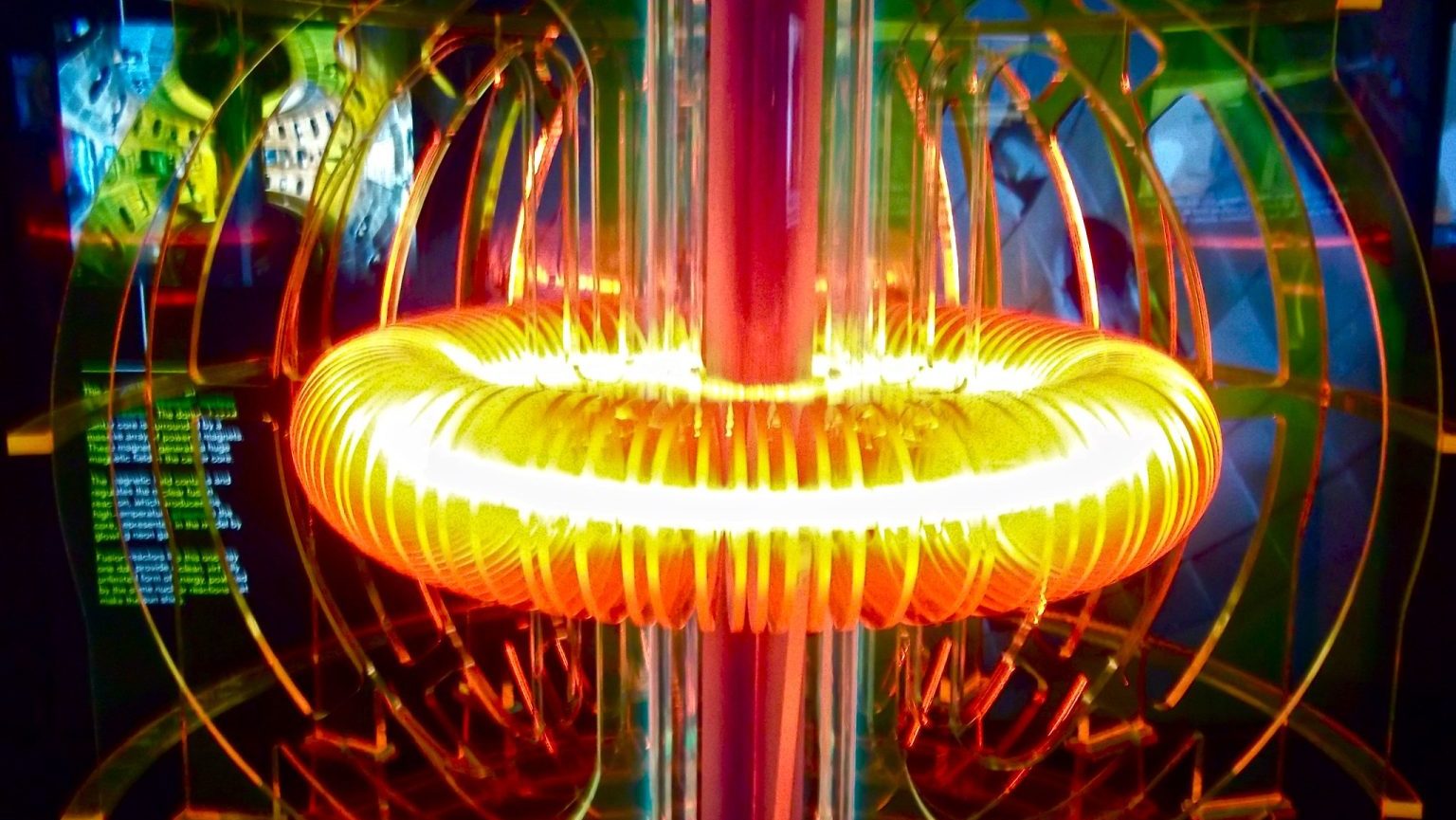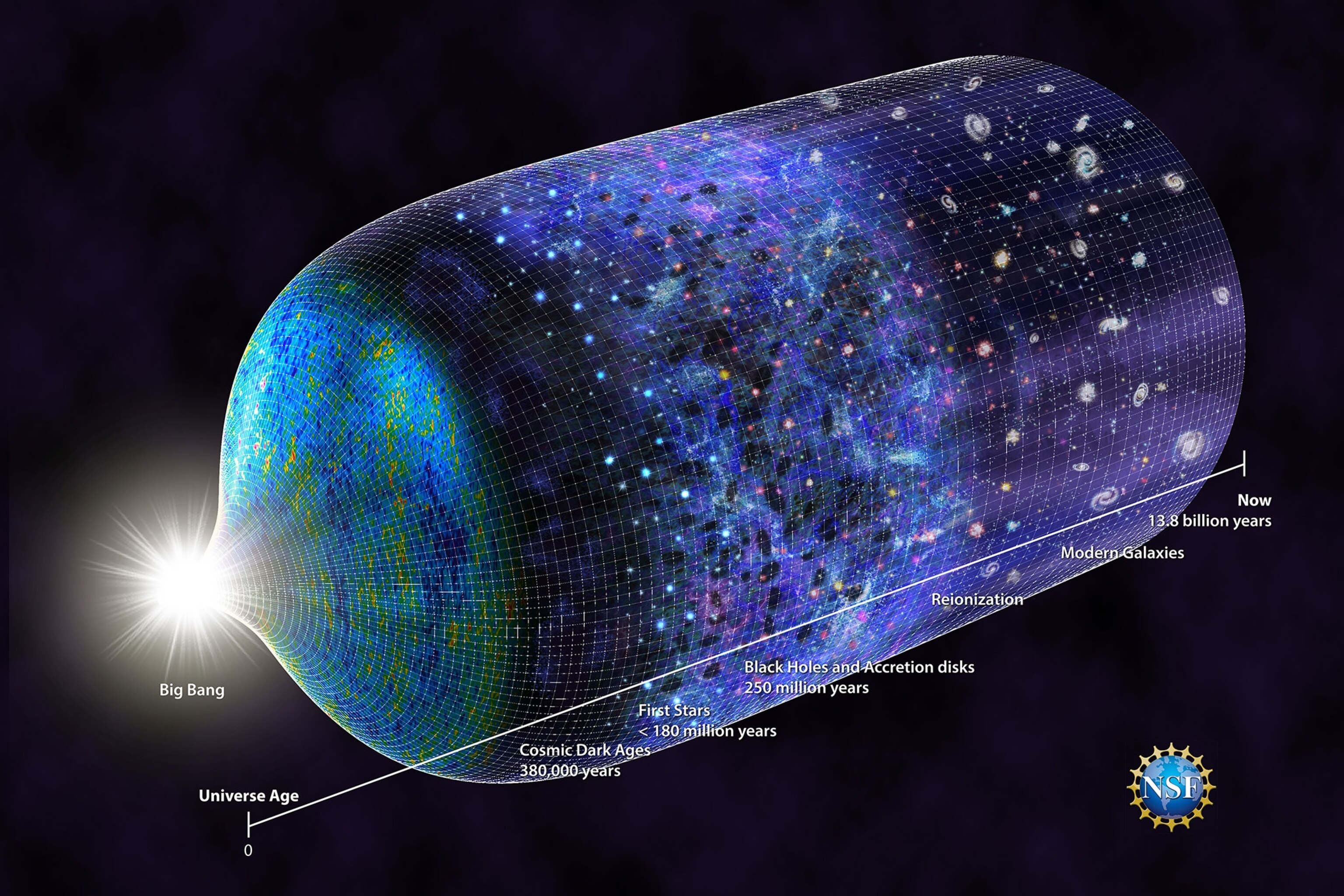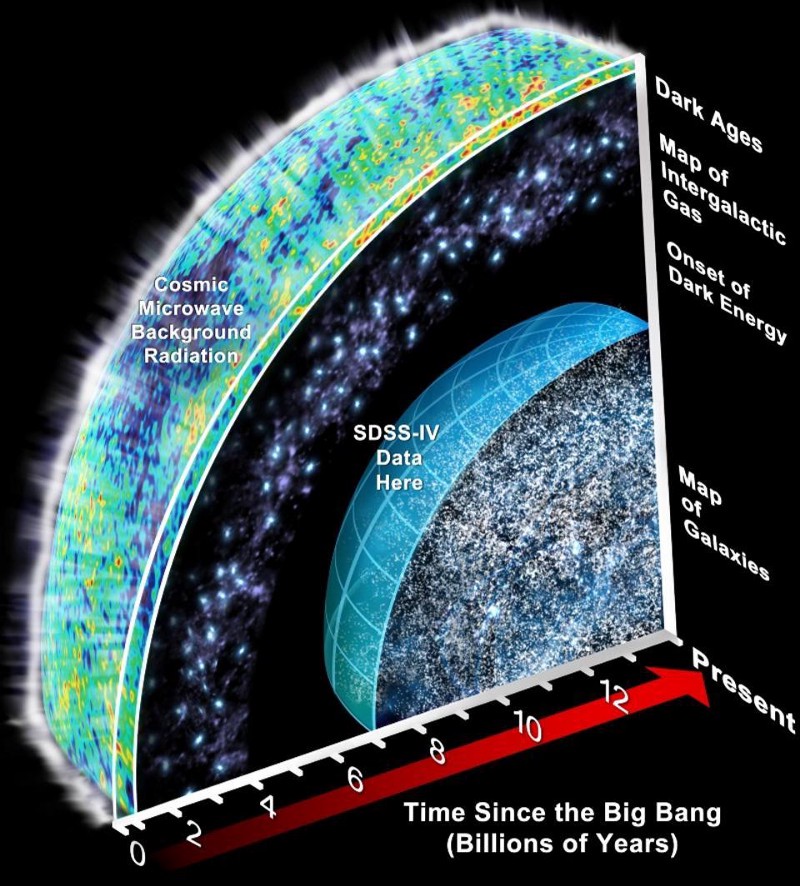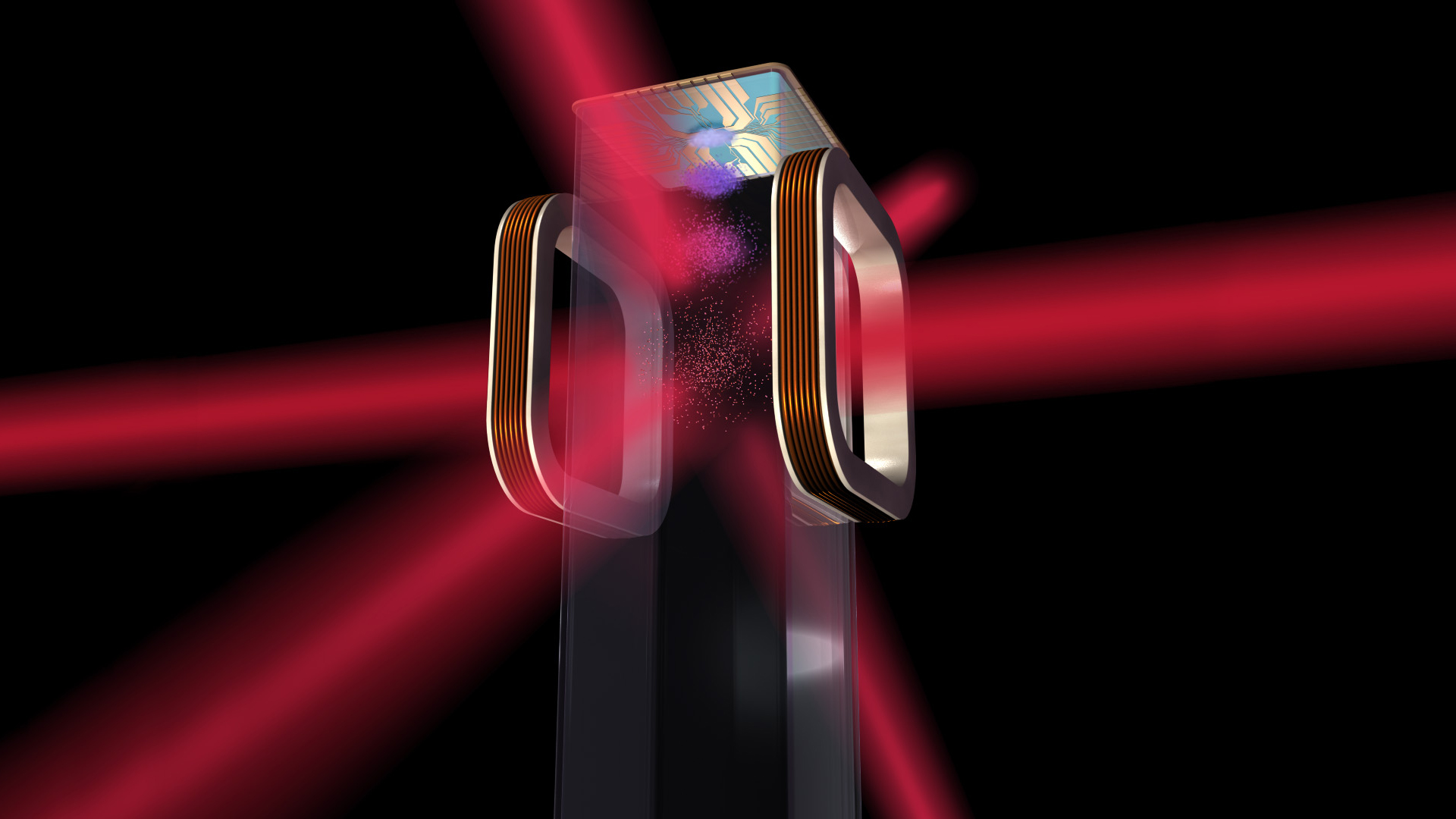The Laser Cooling That Makes Atomic Clocks So Accurate
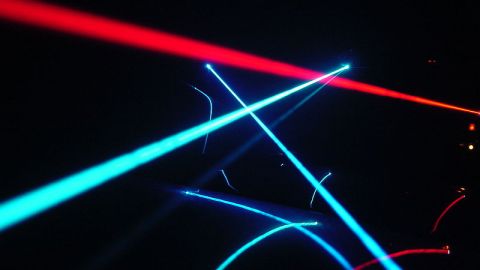
In fact, Phillips and his colleagues discovered that they could slow atoms down enough to get them much, much colder than was originally predicted. “The prediction said that we could get down to temperatures of 240 millionths of a degree. In other words, one-quarter of one-thousandth of a degree above absolutely zero. Pretty cold, right?” In his Big Think interview, Phillips talks about how he and his team managed to use lasers to get atoms a whole lot colder than that.
That breakthrough discovery was a key step in making atomic clocks significantly more reliable. By cooling the atoms in an atomic clock down, Phillips says that we can now measure the ticking frequency far better than before. “When I started doing laser cooling, the very best clocks were accurate to a part in ten to the 13, so that’s one part divided by 1, with 13 zeroes after it … But today, those clocks are a couple and ten to the 16th,” he says. That’s almost three orders of magnitude better.
This interview is part of Big Think’s “Moments of Genius” series, which gives exclusive insight into the fascinating minds of some of the greatest math and science thinkers of our time. So far, the series has also featured Martin Cooper, inventor of the cell phone; David Ho, the AIDS researcher famous for pioneering combination therapy in treating HIV-infected patients; Arlie Petters, a mathematical physicist at Duke who’s out to prove that there’s a fifth dimension; Nathan Wolfe, who led a team that discovered the origins of malaria; Katie Salen, who started a game-based school in New York City; Leonard Kleinrock, who’s known as the father of the Internet; Justin Rattner, who created what was once the world’s fastest computer; Jill Tarter, who is searching for signs of extraterrestrial intelligence; and Catherine Asaro, a science-fiction writer who uses concepts from theoretical physics to weave together storylines.”Moments of Genius” is sponsored by Intel.
